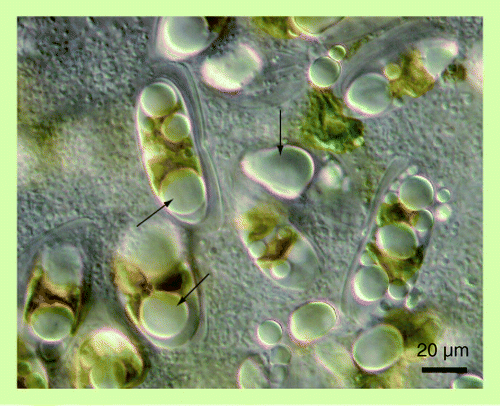Figures & data
Table 1. Oil-producing algae.
Table 2. Biomass and lipid productivities of microalgae cultured in wastewaters.
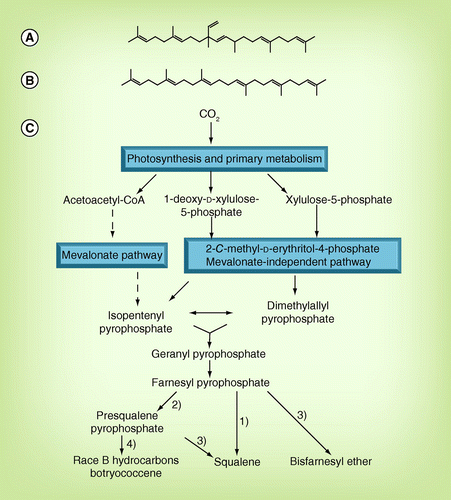
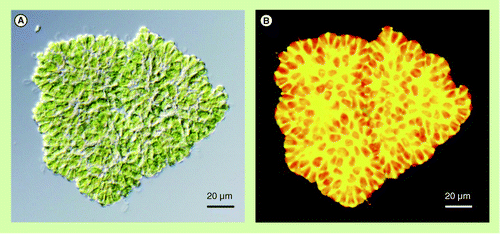
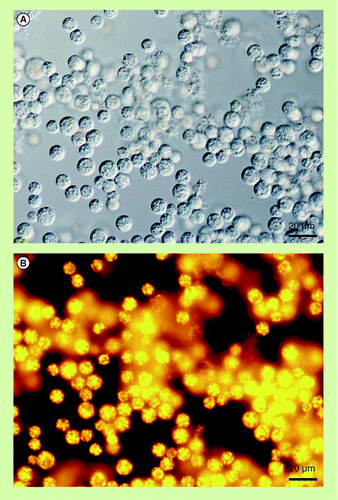
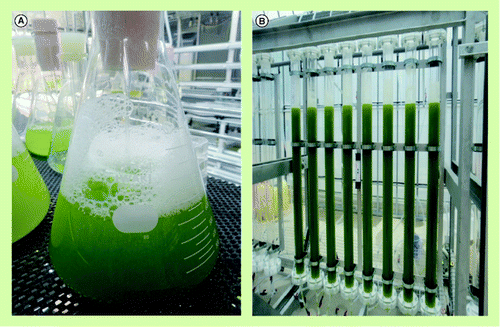
![Figure 6. World energy demand and oil supply potential of algal plants.Traditional fuel includes oil, gas and coal. Traditional biofuels include oil and alcohol from rapeseeds, corn, palm oil and sugarcane.Reproduced with permission from Citation[76].](/cms/asset/39ea8bf2-5cc8-42f4-b32f-7b790d449c3d/tbfu_a_10816020_f0006.gif)
